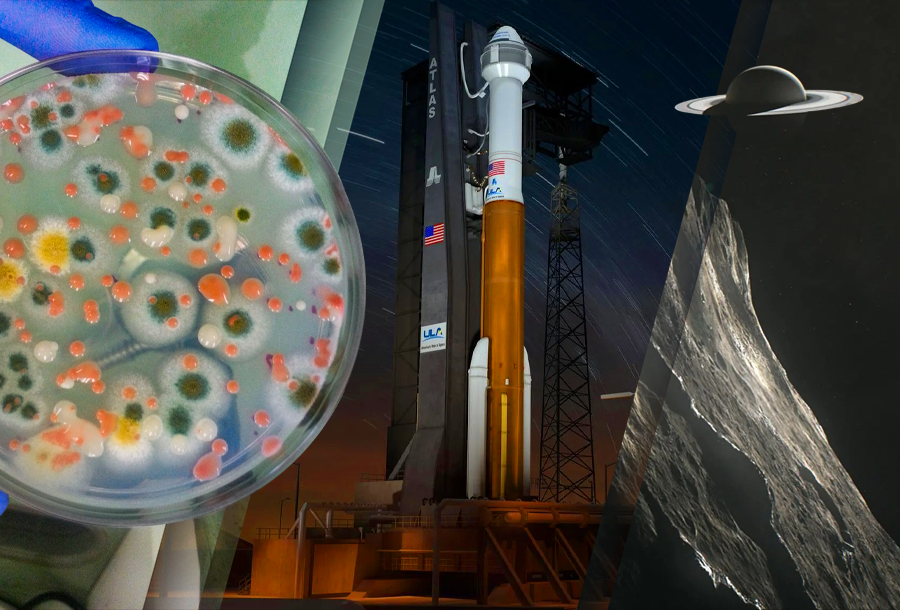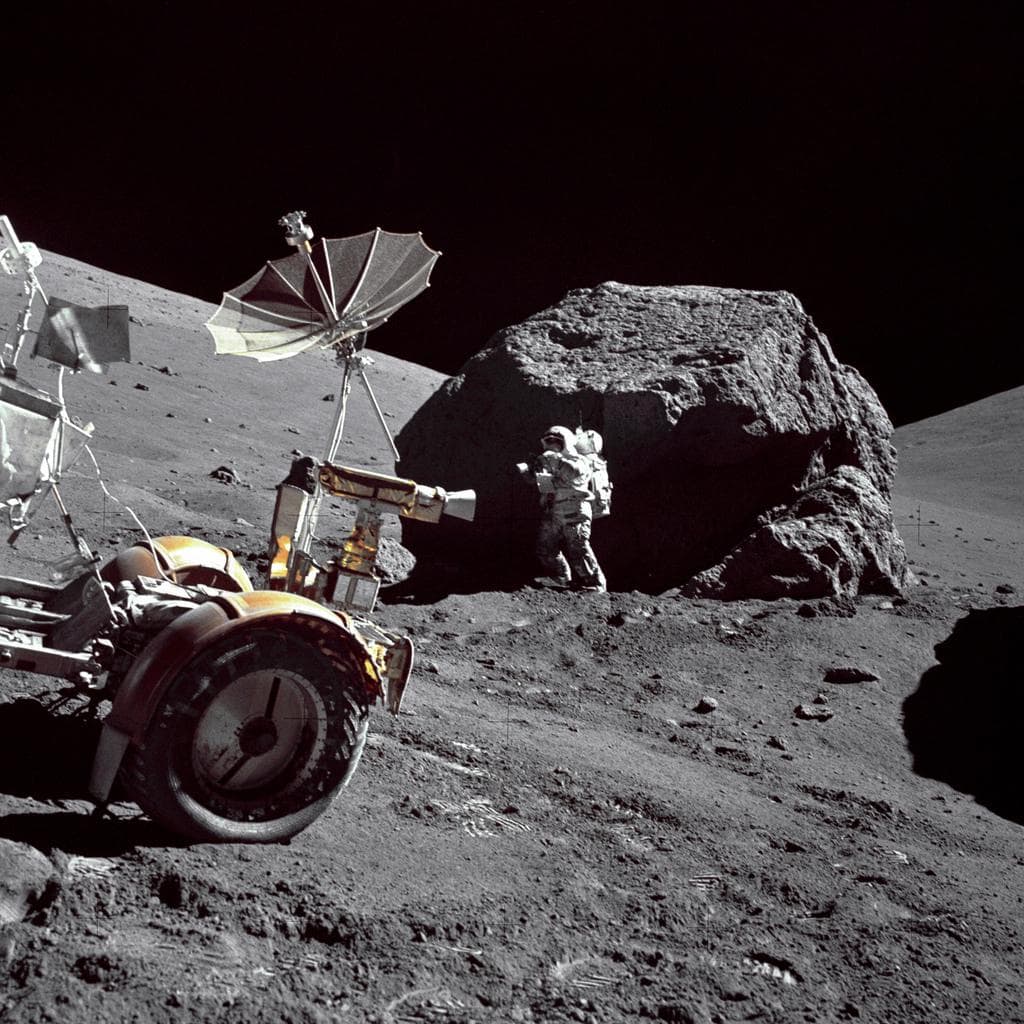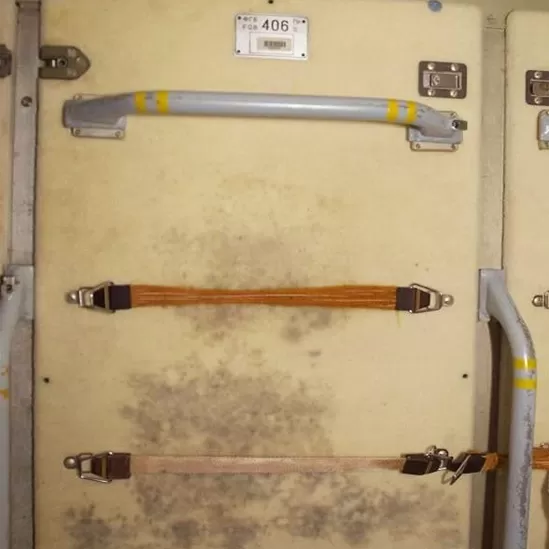Selection of space news for breakfast: There may be a mirror world in the Universe that affects gravity. NASA has named all possible windows for launching a lunar mission until mid-2023, and researchers have estimated a possibility of flight to Saturn.

Military looking for new ways to acquire and use commercial satellite data
Space Systems Command is trying to figure out how to exploit traditional and new types of commercial space data. Defense and intelligence agencies are longtime customers of commercial imagery companies and their consumption of commercial imagery has increased during Russia’s invasion of Ukraine. But there is also an emerging demand for new types of data now being collected by commercial satellites, such as radar imagery, radio-frequency signals, maritime and aerial traffic data.
Starliner launches to remain on Atlas 5
Boeing and United Launch Alliance say they remain committed to launching future CST-100 Starliner commercial crew missions on Atlas 5 rockets even after that vehicle is effectively retired for other missions. Boeing has a contract with ULA to launch both the Crew Flight Test (CFT) mission, the first Starliner mission to carry astronauts, and six operational or post-certification missions on Atlas 5 vehicles as well. With NASA planning to alternate between Boeing’s Starliner and SpaceX’s Crew Dragon for International Space Station crew rotation missions once Starliner is certified, each flying once a year, it implies that Atlas 5 launches of Starliner could continue well into the latter half of the decade.
Modern-Day Forestry: Science Innovations and Tech
Today, foresters can rely on various sciences, including geology, dendrology, biology, and hydrology, to study flora, fauna, and potential problems for effective forest management. In addition, various innovative technologies and tools are also being introduced into modern forestry, including drones, satellites, sensors, software for monitoring forest stands, and much more.
The revolution in modern forestry has occurred due to the development of sensory and other innovative technologies. These technologies allow foresters to collect relevant data and manage forest lands more effectively. The introduction of innovations allows obtaining valuable information and using it to allocate resources and take timely action to protect forests. EOS Data Analytics offers EOS Forest Monitoring, a software that allows the users to monitor the health of the forests remotely. This tool makes monitoring clearings and carrying out an inventory remotely. In addition, with the help of this software, users monitor the entire supply chain and can make more rational and reliable business decisions.
Market News

US, Japan aim for lunar landing
Japan and the United States said Monday they want to put the first Japanese astronaut on the Moon as the allies deepen cooperation on space projects. No non-American has ever touched down on the lunar surface, and Japan has previously said it hopes to achieve a Moon landing by the end of this decade. President Joe Biden, after his first face-to-face meeting with Japan’s Prime Minister Fumio Kishida in Tokyo, said the nations will work together in the US-led Artemis programme to send humans to the Moon, and later to Mars.
Comprehensive study of the micro-launch market shows a huge future growth by 2026
This study provided a detailed analysis of the micro-launch market for 2022, including important factors such as market size and revenue volumes.
Space Transportation Service Market Research Report: Card Status, Industry Growth, Trends, Analysis And Forecasts To 2028
Latest launched research on Global Space Transportation Service Market, it provides detailed analysis with presentable graphs, charts and tables. This report covers an in depth study of the Space Transportation Service Market size, growth, and share, trends, consumption, segments, application and Forecast 2028.
NASA unveils Artemis 1 moon mission launch windows through mid-2023
NASA’s Artemis 1 moon mission launch options run through June 2023 in the new calendar. The Artemis 1 moon rocket could lift off for a round-the-moon mission as soon as July 26, although the agency has plotted out dozens of launch possibilities between then and December 22, with even more launch options to the moon through June 2023.
Industry pushes for NASA reauthorization
As House and Senate conferees begin work to reconcile competitiveness bills, industry groups are pushing Congress to either include a NASA authorization bill in that legislation or pass a standalone bill. Both are broad-ranging competitiveness bills, but with differences that conferees will seek to hammer out in the coming weeks. Among the differences is that USICA includes a NASA authorization act, whose provisions include language authorizing NASA to select a second company for its Human Landing System program.
Interesting

Self-cleaning spacecraft surfaces to combat microbes
Astronauts live and work in orbit along with teeming populations of microorganisms, which could present a serious threat to health – and even the structural integrity of spacecraft. To help combat such invisible stowaways, an ESA-led project is developing microbe-killing coatings suitable for use within spacecraft cabins. With astronauts’ immune systems suppressed by microgravity, the microbial populations of future long-duration space missions will need to be controlled rigorously.
Forget About Mars, When Will Humans be Flying to Saturn?
It might be hard to fathom now, but the human exploration of the solar system isn’t going to stop at the Moon and Mars. Eventually, our descendants will spread throughout the solar system – for those interested in space exploration, the question is only of when rather than if. Answering that question is the focus of a new paper released by a group of researchers from the US, China, and the Netherlands. Their approach is highly theoretical, but it is likely more accurate than previous estimates, and it gives a reasonable idea of when we could expect to see humans in the outer solar system. The latest they think we could reach the Saturnian system is 2153.
Mirror Image
No one is entirely certain what it actually looks like, but some scientists are pretty convinced there’s a mirror world affecting gravity in our current universe. Researchers say their hypothesis is based on problems with the Hubble Constant, the rate at which the universe expands. Yesterday’s SciTechDaily report on the study says predictions for that constant are a lot slower than what we’ve measured in reality, and scientists are trying to figure out what’s causing the discrepancy. They say the cause could be a mirror world we can’t yet see.
Protecting Space Assets Above to Assert Geopolitical Dominance Below
The invasion of Ukraine has shown that the space domain is not above deteriorating geopolitical conditions. In fact, the ongoing conflict has further solidified the critical role of space in modern warfighting and national security. Moreover, the data collected by spacecraft is crucial for US intelligence and defense operations. In the past, most space-based overhead imagery, communications and data related to national security were provided by U.S. government or allied government systems. However, over the last two decades, commercial providers have expanded their capabilities to now provide services and data to the government that was, in the past, only provided by national systems. The conflict in Ukraine has shown us that we must now protect and make both our government and commercial space assets more resilient.
Follow us on Twitter to get the most interesting space news in time
https://twitter.com/ust_magazine

